The New York Philharmonic recently opened its fall season with the King Lear Overture, its first commissioned score by Philip Glass. Music director Jaap van Zweden was a driving force behind the premiere. “I felt strongly that this was a symphonic composer that needed more attention from our orchestra,” the Dutch conductor told me in an e-mail before the performances.
Yet all too often, it seems, one must often travel to Europe to hear Glass’s 12 symphonies or 13 concertos, where they are much played with greater frequency. In researching a recent article for the Wall Street Journal, I asked why Glass has failed to catch on among larger symphonic institutions in the U.S., despite his broad acceptance among opera companies, pianists and chamber groups.
Several artists offered this essential take-away: It’s not easy music to perform.
Julian Wachner, the Director of Music and the Arts at Trinity Wall Street church, said that he can’t understand complaints that Glass’s music is not intellectually or academically grounded. “It’s technically rigorous. It’s athletic,” he said in an interview. “It’s also intellectually athletic because you have to keep counting in this way that’s almost mantra-like. It’s the mantra-like element of it that can get you screwed up.”
Wachner conducts Glass’s Symphony No. 5 (1999) on a new recording featuring the ensembles of Trinity Church and vocal soloists. The piece is a 100-minute meditation on the universality of faiths and the cyclical nature of life, using texts from the world’s religions.
“His vocal writing is incredibly idiomatic,” Wachner continues. “He really knows how to write for the chorus and he knows what children can do well. In several of the movements, he has the children’s chorus as the top voice and the adults as alto-tenor-bass, which leaves the female sopranos out, which is very interesting. It’s kind of a historical, old style of singing where children would be singing the top part.”
Still, Glass’s music may have become almost too recognizable, and some performers are unmoved by the churning, repetitive patterns that underpin parts of his scores. The pianist Simone Dinnerstein says that she encountered sour responses from players in two different ensembles when she took Glass’s Piano Concerto No. 3 on tour last year. “They were quite out-and-out rude,” she recalled. “I heard comments in rehearsal and people mocking the music in their playing” — adding exaggerated gestures like a throbbing vibrato. “They ought to know better.”
Glass composed the lush, introspective concerto for Dinnerstein and the Boston chamber ensemble A Far Cry in 2017, which they recorded to enthusiastic reviews and a Grammy nomination. She has since performed it a remarkable 35 times with 15 other ensembles.
“The difficulty is, when you are playing a repeating pattern in real time, as opposed to on a loop, using electronics, you have to respond and think about how patterns are evolving,” said Dinnerstein, who came to Glass well after making her name in Bach and Schubert. “How are they changing and how are you going to voice them? What’s going to be different? The subtle use of voicing in his music is really amazing.”
The conductor Leonard Slatkin, who led the premiere of Glass’s Symphony No. 7 in 2005, echoes Dinnerstein’s point about concentration. “Rhythmically it was more complex than I expected it to be,” he said of the score. “Usually, with Philip, it’s quite straightforward. You stay in one tempo through the whole thing and there may be meter changes but usually it doesn’t have quite the shifting of one set of meters to another. This was the first piece of his that I encountered where there were 5/8s to 2/4s to whatever it happened to be.”
Slatkin says he used to feel that Glass compared unfavorably to Steve Reich and Terry Riley, whose works share certain characteristics. “I thought they brought a little more sophistication to the music,” he said. “But after going back and reevaluating Philip’s earlier music in relation to all of the other things he did, I think that there’s been a natural growth path for him.”
Conductor Dennis Russell Davies has led the premieres of many of Glass’s other large-scale symphonic works. He has heard a clear evolution in style. “With his early pieces for orchestra, he wasn’t that experienced, to be frank about it,” Davies said. “That has really developed. He’s had the courage to follow his instincts and use the instruments in a much more idiomatic way that really is his own color. And he’s gotten really skillful at it.”

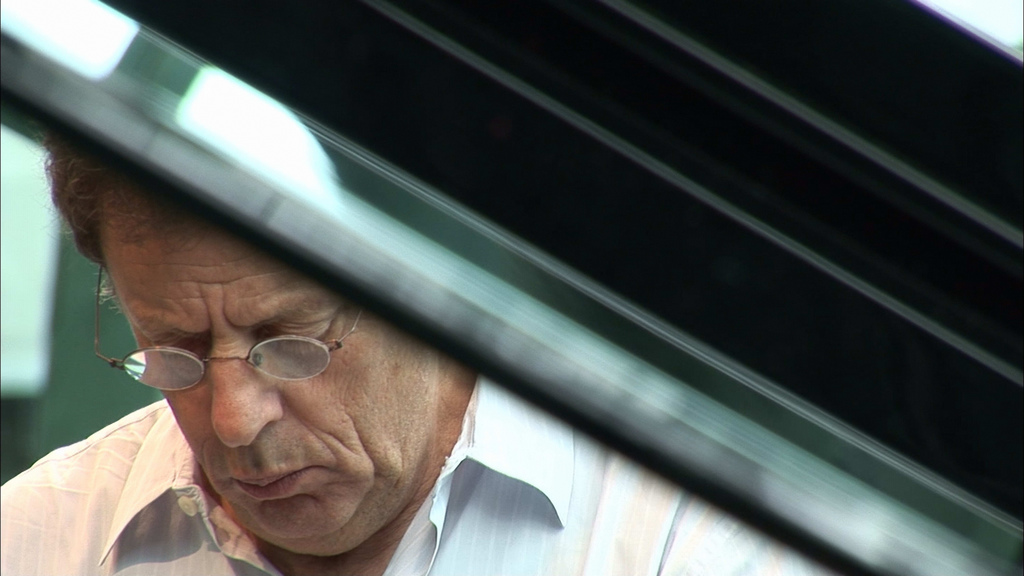
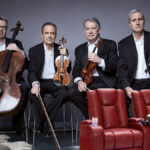
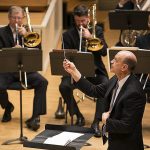
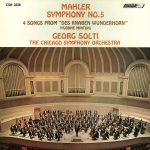
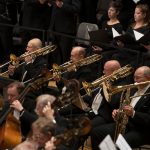
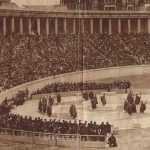

Leave a Reply